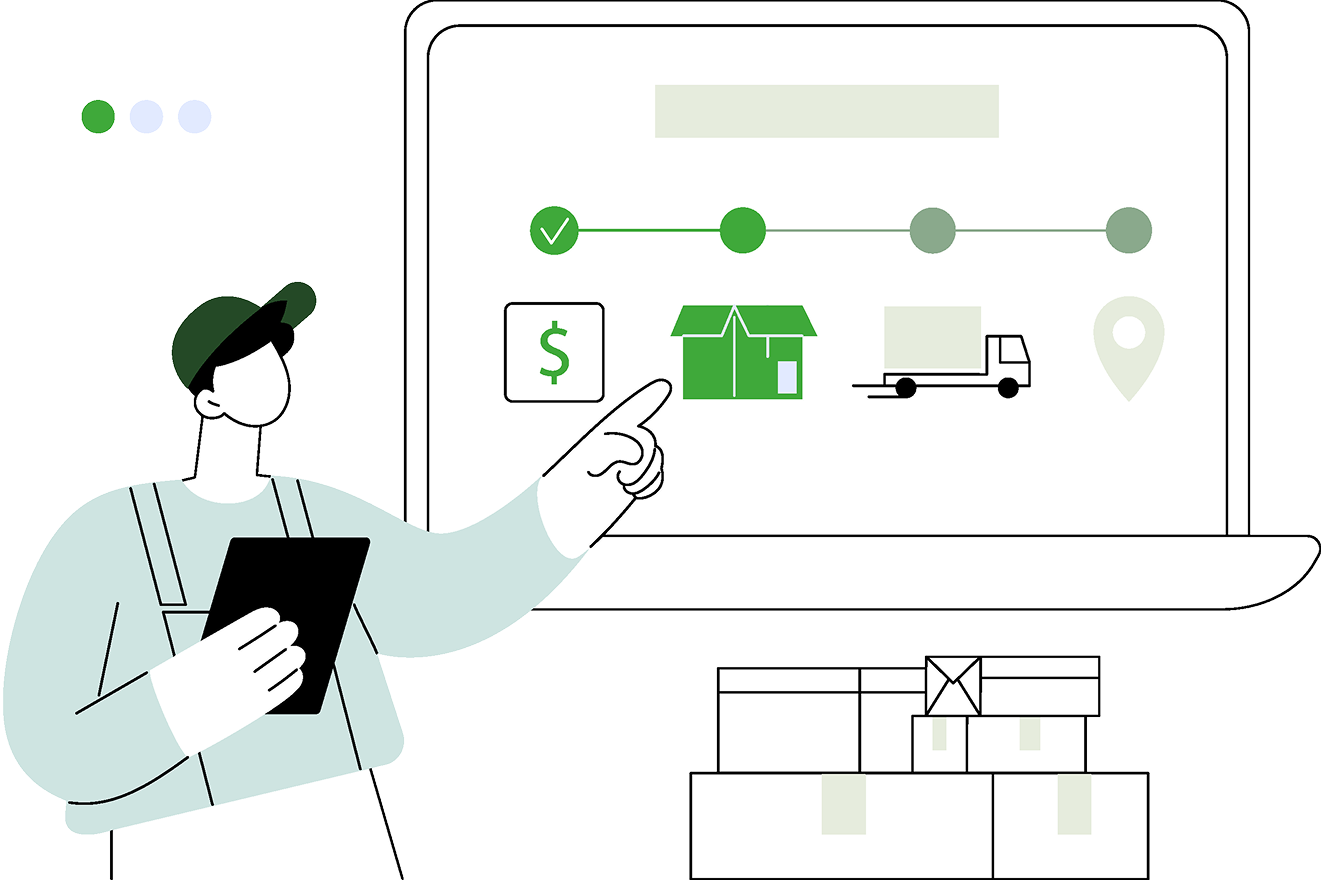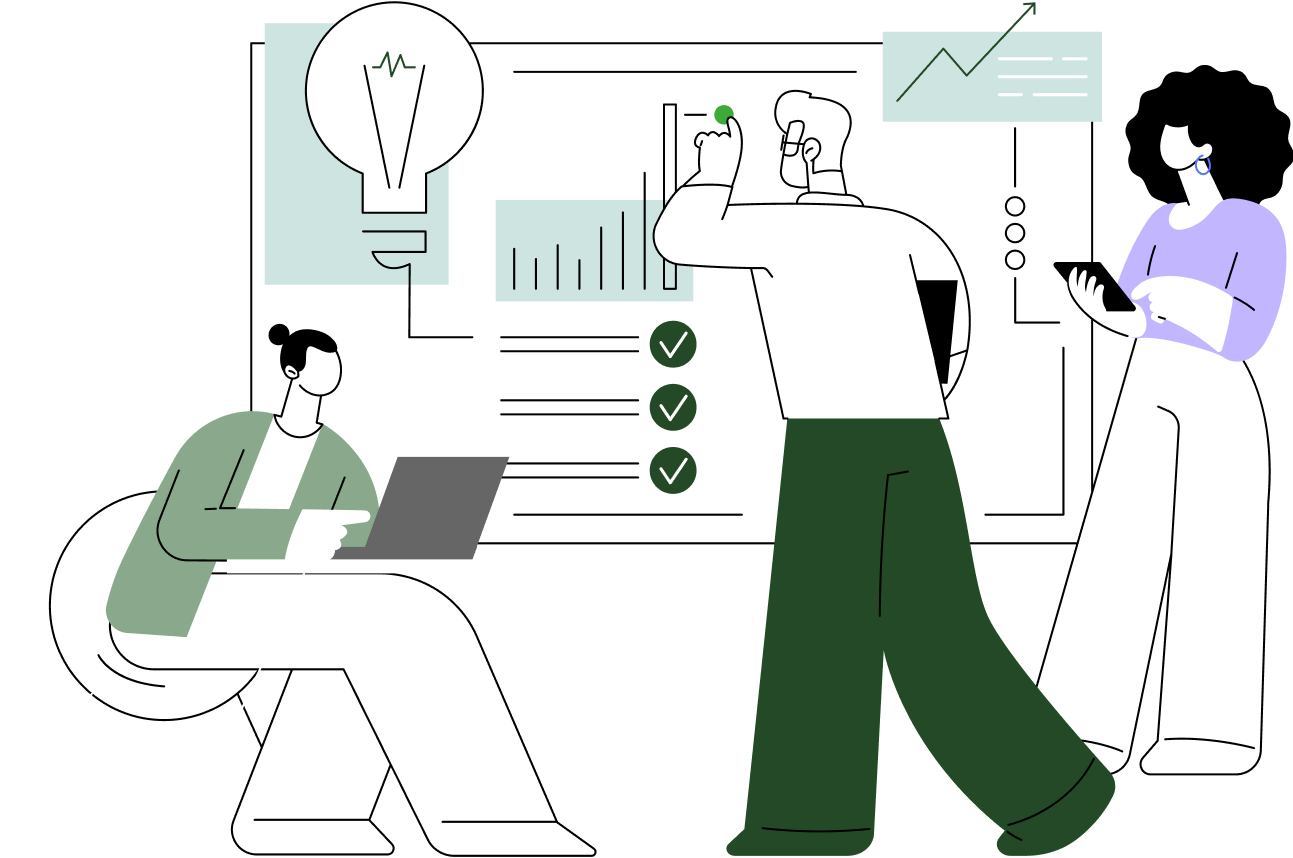I've been knee-deep in raw data for the past years, and here's what I've learned. 94% of businesses say data is essential to growth, but most are drowning in messy, unusable information.
The problem isn't collecting data. It's figuring out what actually works when you're staring at terabytes of unstructured data.
I've built systems that process over TB monthly. I've watched teams waste months on the wrong tools. I've seen million-dollar projects fail because someone picked Hadoop when they needed BigQuery.
Here's what actually works with raw data, based on real deployments and real failures.
Key takeaways
- Snowflake and BigQuery crush traditional tools for scale (we've tested both extensively)
- Automated cleaning saves 60-80% of processing time vs manual approaches
- ELT beats ETL for most raw data scenarios (learned this the hard way)
- Stream processing for real-time, batch for everything else
- Integrated platforms win over point solutions every time
The Reality of Raw Data Processing
Raw data is messy by definition. It shows up with missing fields, duplicate records, and formats that make no sense.
I remember one project where we got customer data from 12 different systems. Same customer, 12 different formats. Email addresses in different cases, phone numbers with random formatting, addresses that geocoded to the middle of the ocean.
That's raw data reality.
Why Most Teams Get This Wrong
They jump straight to analysis. Big mistake.
Raw data needs transformation first. In my experience, about 70% of the work happens before you run your first query. The teams that accept this upfront save months later.
The teams that don't? They build dashboards on garbage data and wonder why their insights are wrong.
Tools That Actually Work
I've deployed dozens of data platforms. Here's what performs when you're processing real volumes at real speed.
Cloud Platforms That Scale
Snowflake handles anything you throw at it. We've loaded 50TB in a single day without breaking a sweat. The compute scales automatically, which means you're not sitting around waiting for clusters to spin up.
Google BigQuery processes terabytes in seconds. No infrastructure to manage. You write SQL, it runs fast. We use it for ad-hoc analysis when speed matters more than cost optimization.
Amazon Redshift works well for predictable workloads. Cheaper than Snowflake for steady-state processing, but you need to manage scaling yourself.
Integration Tools That Don't Break
Fivetran just works. Set it up once, it handles schema changes automatically. We've been running it for three years with minimal maintenance. Worth every penny when you're pulling from 50+ sources.
Apache Airflow for custom workflows. Python-based, flexible, widely supported. The learning curve is steep, but it's worth it for complex transformations.
dbt transforms data inside your warehouse. Automated data quality checks save hours of debugging later.
Real-Time Processing That Performs
Apache Kafka moves data fast. We process millions of events daily with sub-second latency. It's complex to set up, but nothing else handles real-time volume like this.
Apache Spark for both batch and streaming. In-memory processing makes iterative workloads blazing fast. Essential for machine learning pipelines.
Visualization That People Actually Use
Tableau makes complex data accessible. Non-technical users can build their own dashboards, which reduces the load on data teams.
Power BI if you're already in the Microsoft ecosystem. Tight integration with Excel and Office 365 makes adoption easier.
What I've Learned Building These Systems
Eight years of deployments teach you things documentation doesn't cover.
Start With Data Quality
Profile your data first. I use pandas for small datasets, Great Expectations for production systems. You need to know what you're dealing with before you build pipelines.
Set up validation rules early. Catch bad data at ingestion, not analysis. We prevent about 80% of data quality issues this way.
Track data lineage religiously. When something breaks (and it will), you need to trace the problem back to its source.
Design for Failure
Data pipelines fail. Plan for it.
We use checkpointing on long-running jobs. If something crashes at hour 8 of a 10-hour process, you don't start over.
Build monitoring into everything. If a pipeline stops working, you want to know immediately, not when someone asks why the dashboard is empty.
Security Can't Be an Afterthought
Encrypt everything. Raw data often contains PII, and regulations like GDPR carry real penalties.
Use role-based access controls. Not everyone needs access to customer financial data.
Audit everything. Who accessed what data when? You'll need these logs for compliance and security investigations.
Picking the Right Approach
Your data determines your tools. Here's how I think about it.
Volume Drives Architecture
Under 1TB: Use traditional tools. Postgres, Python, even Excel works fine. Don't overcomplicate small data problems.
1TB to 100TB: Cloud data warehouses. Snowflake or BigQuery handle this range beautifully. SQL interface, automatic scaling, reasonable costs.
Over 100TB: You need distributed processing. Spark, Hadoop, or specialized systems like Databricks. This is where things get complex.
Speed Requirements Matter
Batch processing for most analytical workloads. Run it overnight, results ready in the morning. Cheaper and easier to manage.
Stream processing when you need real-time insights. Fraud detection, operational monitoring, live personalization. The complexity is worth it for time-critical use cases.
Data Structure Shapes Tools
Structured data: SQL-based systems work great. Most business data fits this pattern.
Semi-structured: JSON, logs, API responses. Modern cloud platforms handle these formats natively.
Unstructured: Text, images, video. You need specialized processing, often with machine learning components.
Real Projects, Real Results
Here's what happens when you get this right.
Financial Services Fraud Detection
We built a real-time fraud detection system for a major bank. Kafka streams transaction data, Spark processes it with ML models, results feed back to the transaction system within 100ms.
Results: 40% reduction in false positives, 95% fraud catch rate.
The key was combining multiple data sources in real-time. Transaction history, device fingerprints, behavioral patterns. No single data source was enough.
E-commerce Customer Analytics
Unified customer data from web, mobile, email, and in-store purchases. Used Snowflake as the data warehouse, dbt for transformations, Tableau for visualization.
Results: 25% increase in marketing campaign effectiveness, 15% boost in customer lifetime value.
The breakthrough was creating a single customer view. Marketing could finally see the complete customer journey across all touchpoints.
Manufacturing Predictive Maintenance
IoT sensors on manufacturing equipment streaming to Kafka, Spark processing for anomaly detection, alerts feeding back to maintenance systems.
Results: 30% reduction in unplanned downtime, $2M savings in maintenance costs.
Real-time processing was crucial. By the time traditional batch processing detected problems, equipment was already failing.
What Happens When You Get This Right
The business impact is immediate and measurable.
Faster Decisions
Clean data means confident decisions. Teams stop questioning data quality and start acting on insights.
Self-service analytics reduces bottlenecks. Business users find answers without waiting for data team availability.
Operational Efficiency
Automated pipelines eliminate manual data processing. Teams focus on analysis instead of data preparation.
Real-time processing enables proactive responses. Fix problems before they impact customers.
Competitive Advantage
Better data processing leads to better customer experiences. Personalization, recommendations, predictive service all depend on clean, fast data pipelines.
Organizations with superior data capabilities outperform competitors on virtually every metric.
Common Mistakes I See Teams Make
Learn from others' failures.
Underestimating Data Quality
Teams assume data is clean. It never is. Plan for 60-80% of your time to go toward cleaning and validation.
Start with data profiling. You can't fix what you don't understand.
Wrong Tool for the Job
Using Hadoop for 10GB datasets. Using Excel for 100GB datasets. Match tools to data characteristics.
When in doubt, start simple. You can always upgrade later.
Insufficient Testing
Code that works with sample data fails at scale. Test with production data volumes before going live.
Implement automated testing for data pipelines. Manual testing doesn't scale.
FAQ
What's the difference between raw data and processed data?
Raw data is unmodified information straight from the source. Processed data has been cleaned, transformed, and validated for analysis. Think of raw data as ingredients, processed data as the finished meal.
Which tools work best for small teams with limited budgets?
Start with cloud services that scale with usage. BigQuery, Snowflake, and AWS offer pay-as-you-go pricing. Open-source tools like Apache Spark and Python work well for processing logic.
How do I choose between ETL and ELT?
Use ELT with modern cloud warehouses. Load raw data first, transform inside the warehouse. ETL works better with limited processing power or when you need to clean data before loading.
What's the biggest mistake teams make with raw data?
Jumping straight to analysis without proper cleaning. Poor data quality produces unreliable insights and bad business decisions. Always profile and clean first.
How do I measure success in data processing projects?
Track business metrics: time-to-insight, decision speed, revenue impact. Technical metrics matter too: data quality scores, pipeline reliability, processing costs. Focus on outcomes, not just outputs.
Summary
Raw data processing success comes down to choosing the right tools for your specific situation and building quality into every step.
Cloud platforms provide the best combination of scale, speed, and cost for most organizations. Start with data quality requirements, build automated processing where possible, maintain human oversight for critical decisions.
The organizations mastering raw data processing gain significant advantages through faster insights, better decisions, and more efficient operations. The investment in proper tools and techniques delivers measurable business results.
In my experience, the teams that succeed treat data processing as a product, not a project. They invest in quality, plan for scale, and build systems that evolve with changing requirements.
Book a free data assessment - Let our team evaluate your current data processing setup and identify optimization opportunities



.png)
.png)
.png)









